
The global bathroom fittings market is experiencing robust growth, driven by factors such as urbanization, rising disposable incomes, and a growing demand for modern, energy-efficient bathroom solutions. In 2024, the market was valued at USD 60.33 billion and is projected to reach USD 101.38 billion by 2033, exhibiting a CAGR of 5.64% during 2025-2033. The Asia Pacific region currently dominates the market, holding a significant share of over 37.2% in 2024.
Study Assumption Years
Base Year: 2024
Historical Years: 2019-2024
Forecast Years: 2025-2033
Bathroom Fittings Market Key Takeaways
Market Size and Growth: The global bathroom fittings market was valued at USD 60.33 billion in 2024 and is expected to reach USD 101.38 billion by 2033, growing at a CAGR of 5.64% during 2025-2033.
Regional Dominance: Asia Pacific leads the market with over 37.2% share in 2024, driven by rapid urbanization and increasing demand for modern bathroom solutions.
Technological Advancements: Innovations such as touchless faucets, smart toilets, and energy-efficient showers are gaining popularity, enhancing user convenience and promoting water conservation.
Sustainability Focus: Growing awareness of water conservation and environmental sustainability is leading to increased adoption of eco-friendly bathroom fittings.
Home Renovation Trends: The trend toward home renovation and smart home integration is fueling demand for innovative and aesthetically appealing bathroom fittings.
Commercial Sector Growth: Expansion in the hospitality and real estate sectors, particularly in emerging economies, is contributing significantly to market growth.
Consumer Preferences: Changing lifestyles and a focus on luxury and comfort are influencing consumer preferences, driving demand for high-quality bathroom fittings.
What Factors Are Fueling the Growth of the Bathroom Fittings Market?
Urbanization and Rising Disposable Incomes
Cities are expanding at breakneck speed, and that means a constant wave of new the residential, commercial, and hospitality projects. With more people moving into urban centers, there’s higher demand for modern homes and offices and nobody’s settling for outdated bathrooms anymore. On top of that, rising disposable incomes are empowering consumers to upgrade, so premium bathroom fittings aren’t just a luxury; they’re rapidly becoming the standard.
Technological Innovations and Smart Bathroom Solutions
Tech innovation is another major catalyst. Smart bathrooms are more than a buzzword now, think touchless faucets, sensor-driven showers, and intelligent toilets. These aren’t just gimmicks; they offer real value in terms of convenience, hygiene, and water efficiency. Manufacturers are doubling down on R&D, rolling out products with features like voice activation and app control to stay ahead of the curve and capture tech-savvy customers.
Emphasis on Sustainability and Water Conservation
Sustainability is also a top priority. Both end-users and regulators are pushing for water-saving solutions. Products like low-flow taps and dual-flush toilets are now essentials rather than options. Green building certifications and stricter regulations are further accelerating this trend, making eco-friendly fittings a smart business move for any company looking to stay relevant.
Market Segmentation
By Product Type
Faucets: Essential components in every bathroom, available in various designs and functionalities to cater to diverse consumer preferences.
Showers: Include a range of options from basic showerheads to advanced systems with temperature control and water-saving features.
Others: Encompasses additional fittings like bathtubs, soap dispensers, and towel racks that enhance bathroom functionality and aesthetics.
By End-User
Residential: Homeowners seeking modern and efficient bathroom solutions for personal use.
Commercial: Businesses such as hotels, offices, and retail spaces requiring durable and stylish bathroom fittings.
Institutional: Facilities like schools, hospitals, and public buildings focusing on high-usage and easy-to-maintain bathroom fittings.
By Distribution Channel
Offline: Traditional brick-and-mortar stores offering a tactile shopping experience.
Online: E-commerce platforms providing convenience and a wide selection of bathroom fittings.
By Organized and Unorganized Sector
Unorganized: Local manufacturers and suppliers offering cost-effective bathroom fittings with limited brand recognition.
Organized: Established brands providing high-quality, certified bathroom fittings with a focus on innovation and customer service.
Breakup by Region
North America (United States, Canada)
Asia Pacific (China, Japan, India, South Korea, Australia, Indonesia, Others)
Europe (Germany, France, United Kingdom, Italy, Spain, Russia, Others)
Latin America (Brazil, Mexico, Others)
Middle East and Africa
Which Region Leads the Bathroom Fittings Market?
Regionally, Asia Pacific stands out. The market share here is significant—over 37% in 2024. It’s no surprise: rapid urbanization, a booming middle class, and supportive government policies in countries like China, India, and Japan are driving construction, and with it, demand for high-quality, sustainable bathroom solutions.
What Are the Latest Developments in the Bathroom Fittings Market?
The bathroom fittings market is witnessing several notable developments:
Technological Advancements: Manufacturers are introducing smart bathroom solutions, such as touchless faucets and intelligent toilets, enhancing user convenience and promoting hygiene.
Sustainability Initiatives: There is a growing emphasis on eco-friendly products that conserve water and energy, aligning with global sustainability goals.
Expansion in Emerging Markets: Companies are focusing on expanding their presence in emerging economies, capitalizing on the increasing demand for modern bathroom fittings.
Collaborations and Partnerships: Strategic collaborations between technology firms and bathroom fitting manufacturers are leading to innovative product offerings.
Who Are the Key Players in the Bathroom Fittings Market?
American Standard, Dornbracht, Geberit AG, Jaquar, HANSA GmbH, Hansgrohe, Hindware Homes, Jado, Kohler, Lixil Group Corporation, Roca Sanitario, S.A, TOTO, Villeroy & Boch, VitrA, etc.
Frequently Asked Questions (FAQs)
Q1: What is driving the growth of the bathroom fittings market?
The market growth is driven by urbanization, rising disposable incomes, technological advancements, and a growing emphasis on sustainability and water conservation.
Q2: How are smart technologies influencing bathroom fittings?
Smart technologies are leading to the development of touchless faucets, intelligent toilets, and sensor-based showers, enhancing user convenience and promoting hygiene.
Q3: Which region holds the largest share in the bathroom fittings market?
The Asia Pacific region leads the market, with over 37.2% share in 2024, driven by rapid urbanization and increasing demand for modern bathroom solutions.
Q4: What are the key trends in the bathroom fittings market?
Key trends include the adoption of smart bathroom solutions, a focus on eco-friendly products, and increasing investments in home renovation and real estate development.
Q5: Who are the major players in the bathroom fittings market?
Major players include American Standard, Kohler, TOTO, Geberit AG, and Hansgrohe, among others.
Q6: How is sustainability impacting the bathroom fittings market?
Sustainability is leading to increased demand for water-efficient and eco-friendly bathroom fittings, aligning with global environmental goals and regulations.
If you require any specific information that is not currently covered within the scope of the report, we will provide the same as a part of the customization.
About Us:
IMARC Group is a global management consulting firm that helps the world’s most changemakers to create a lasting impact. The company provides a comprehensive suite of market entry and expansion services. IMARC offerings include thorough market assessment, considerations studies, company incorporation assistance, factory setup support, regulatory approvals and licensing navigation, branding, marketing and sales strategies, competitive landscape and benchmarking analyses, pricing and cost research, and procurement research.




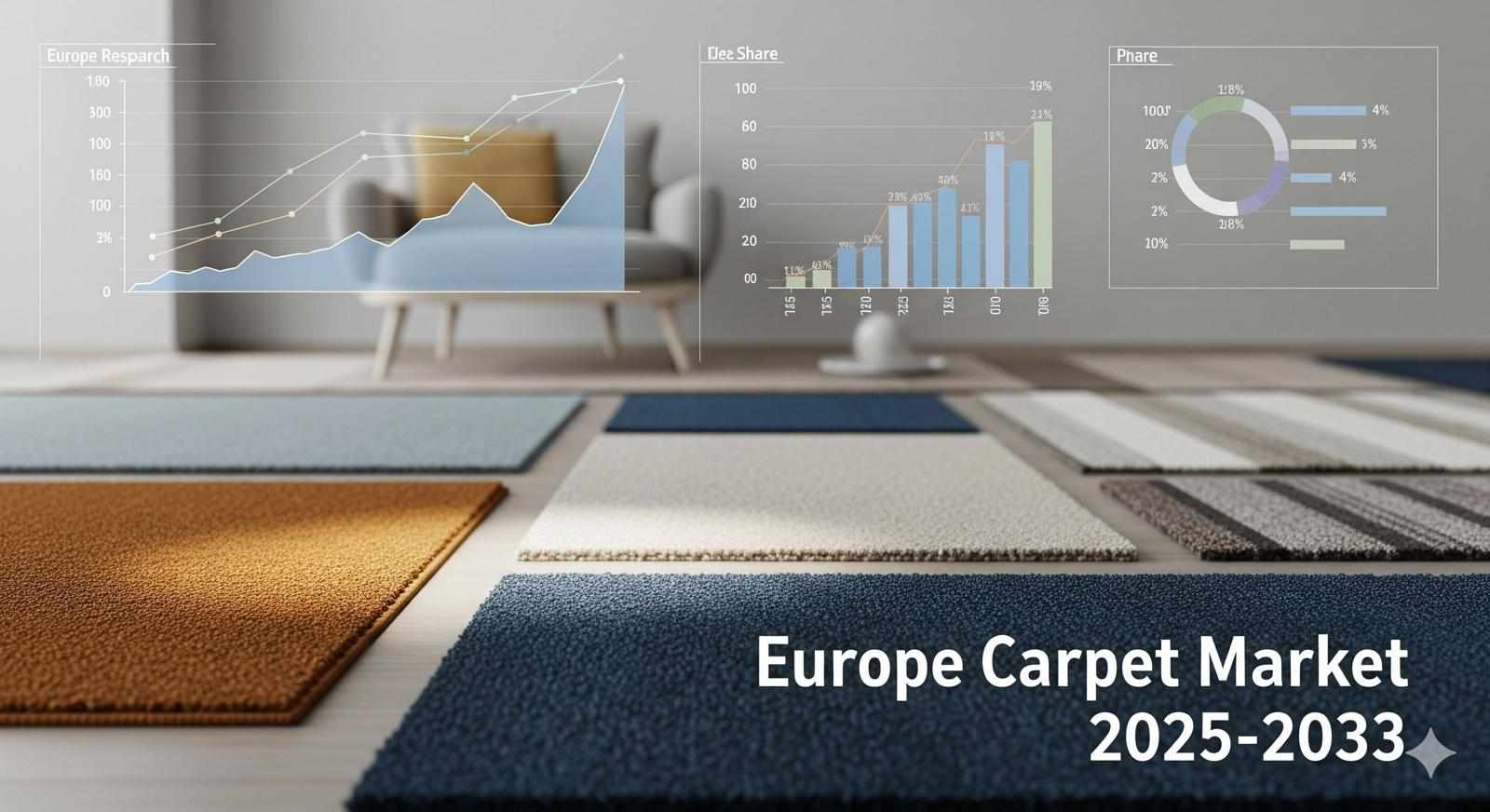




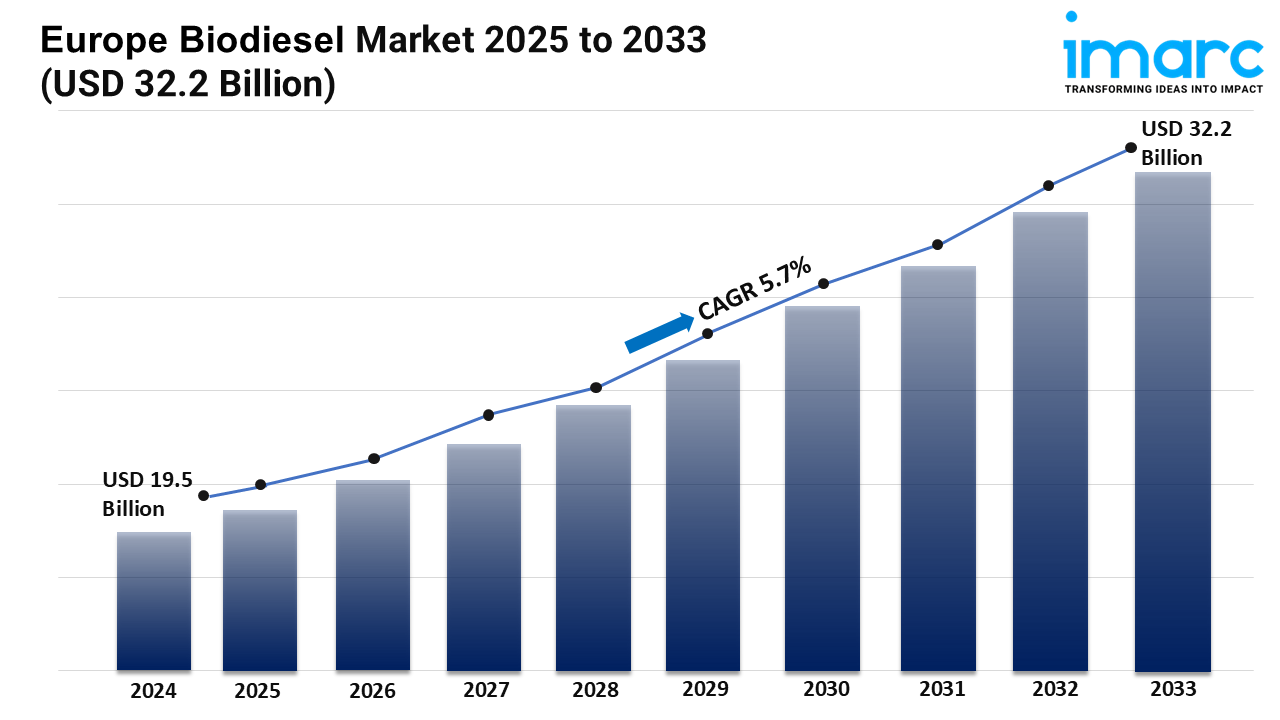
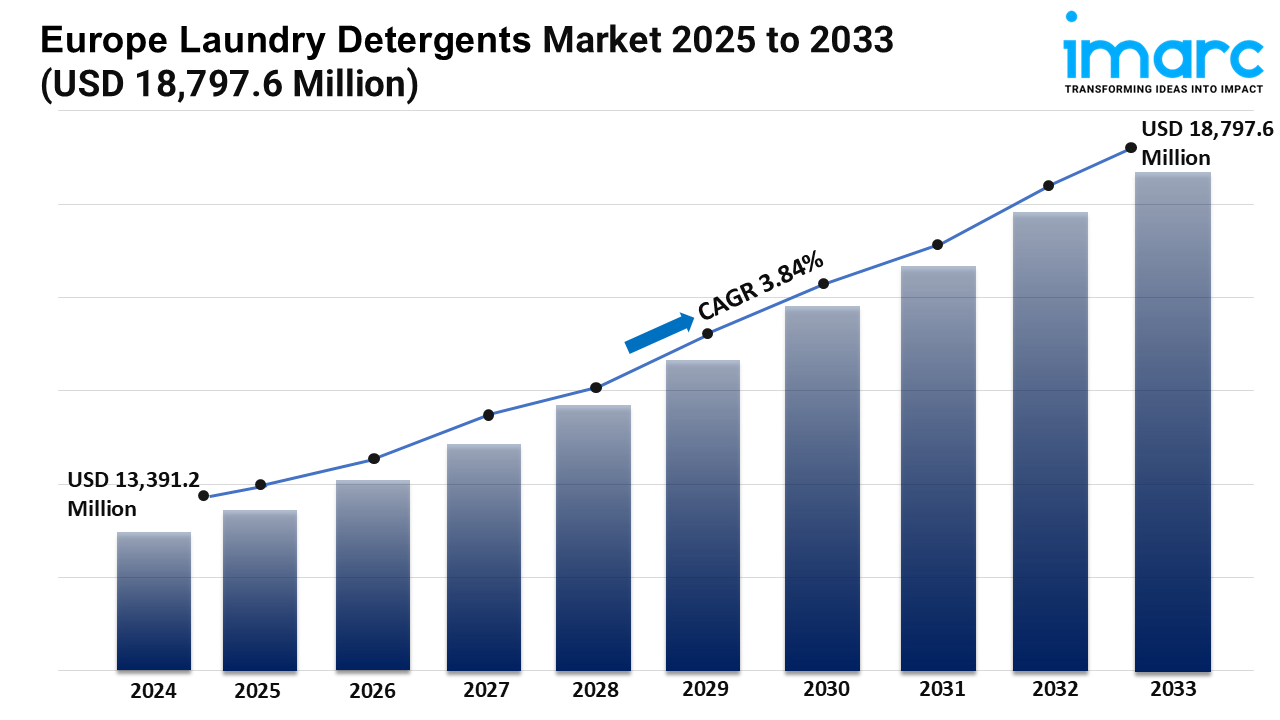
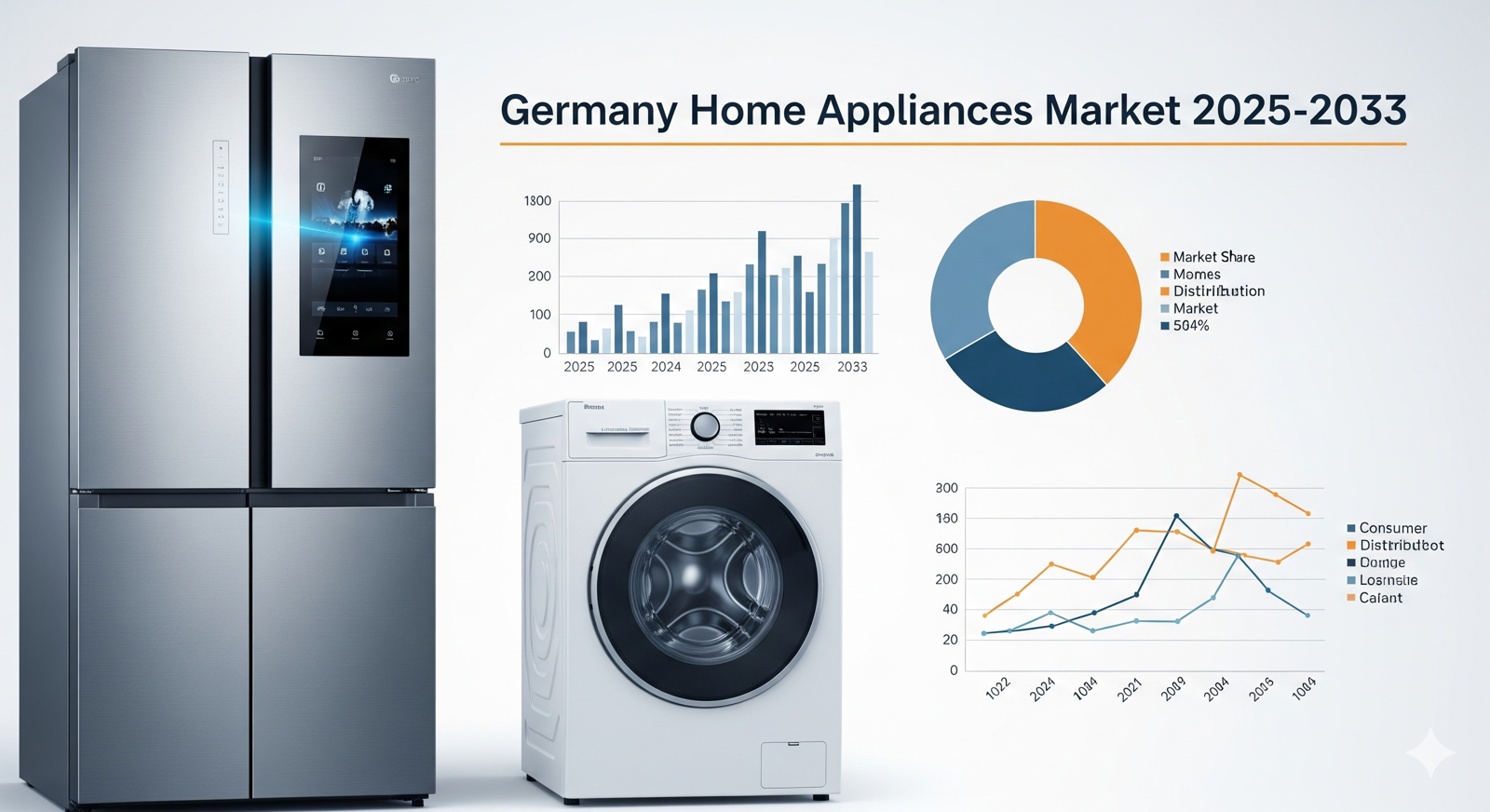
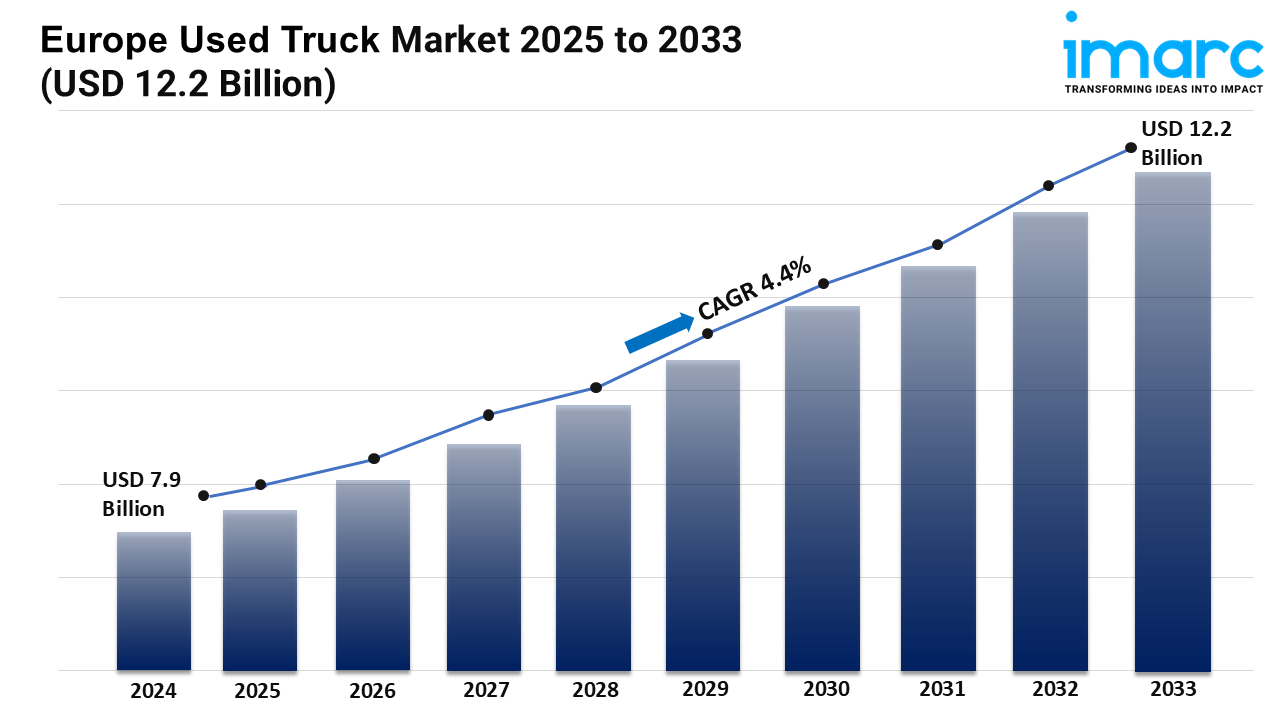
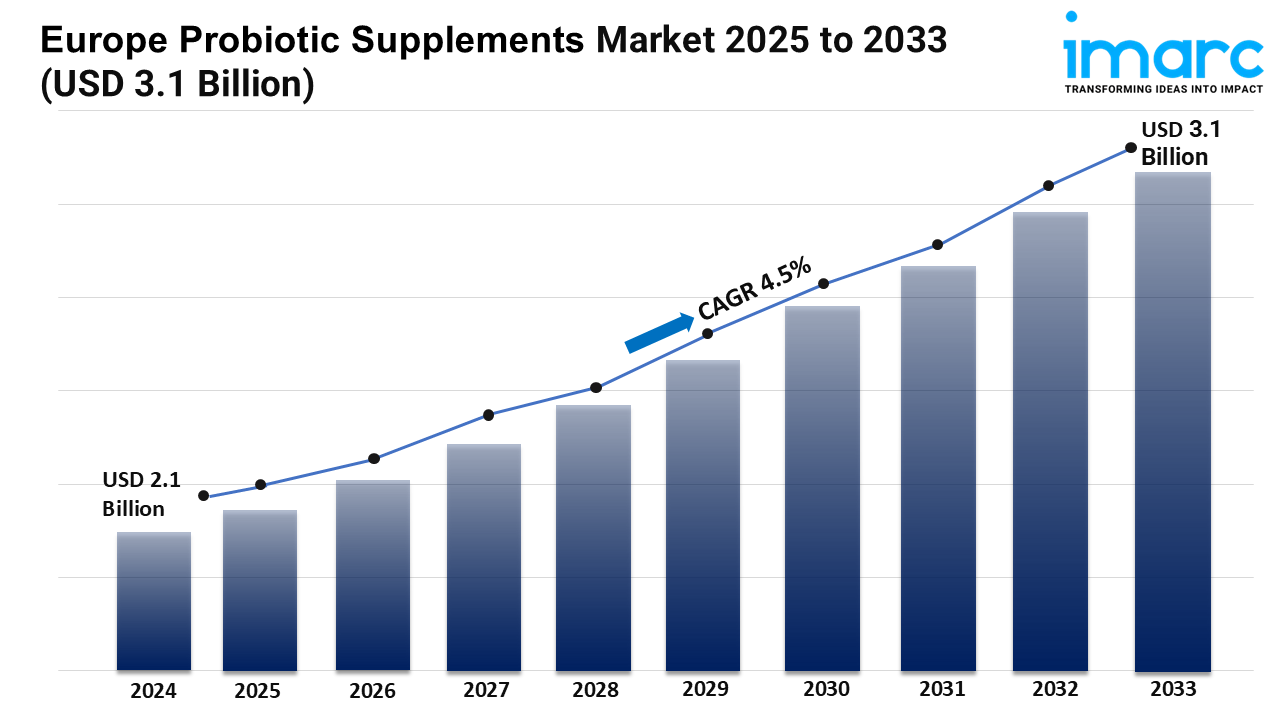
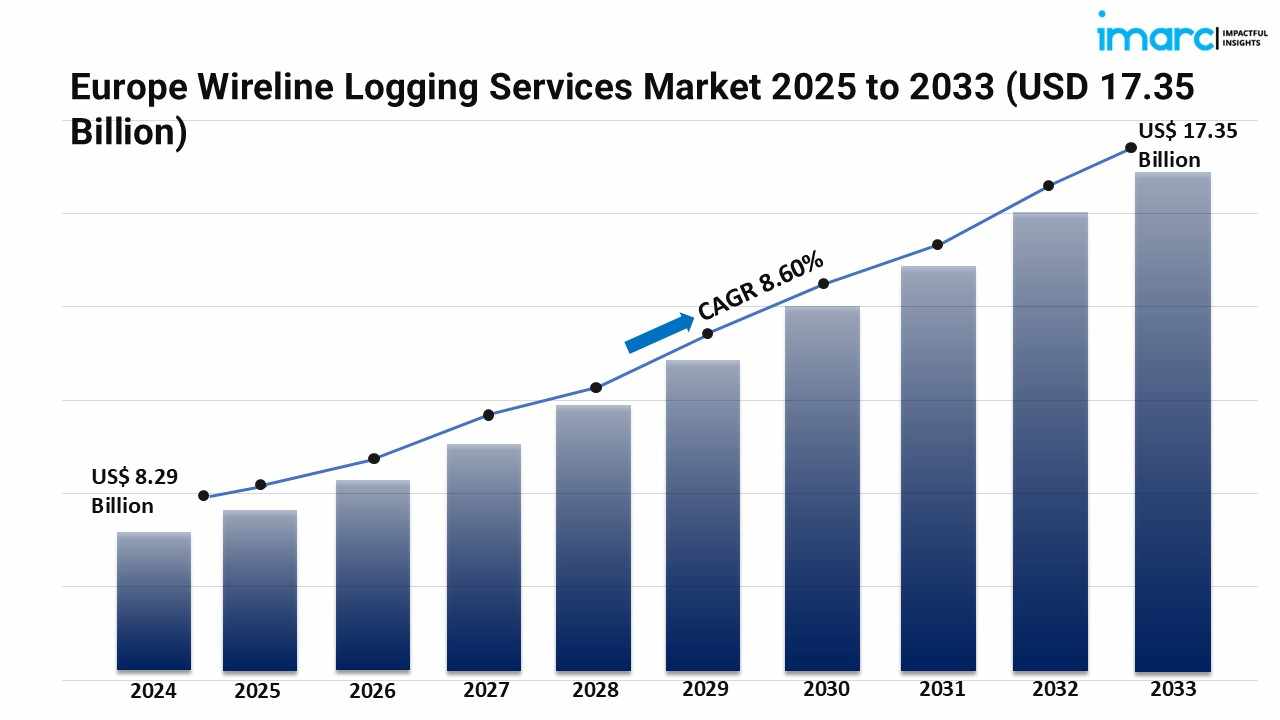
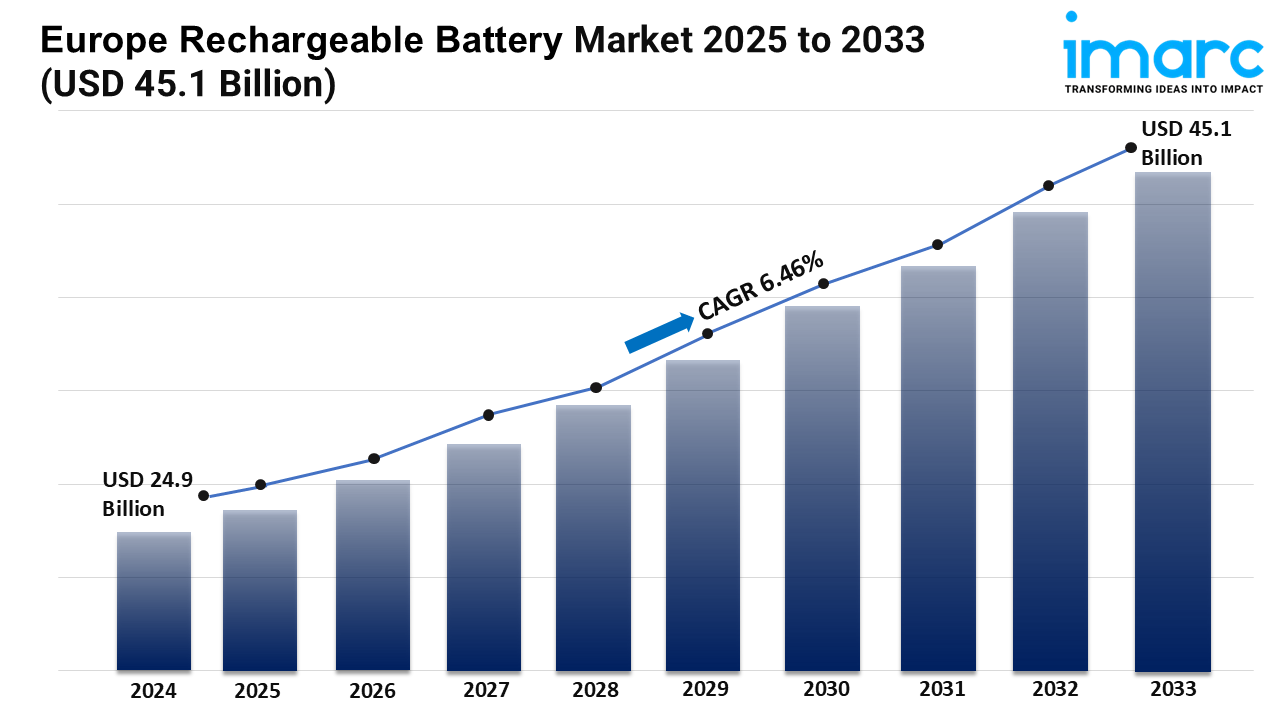
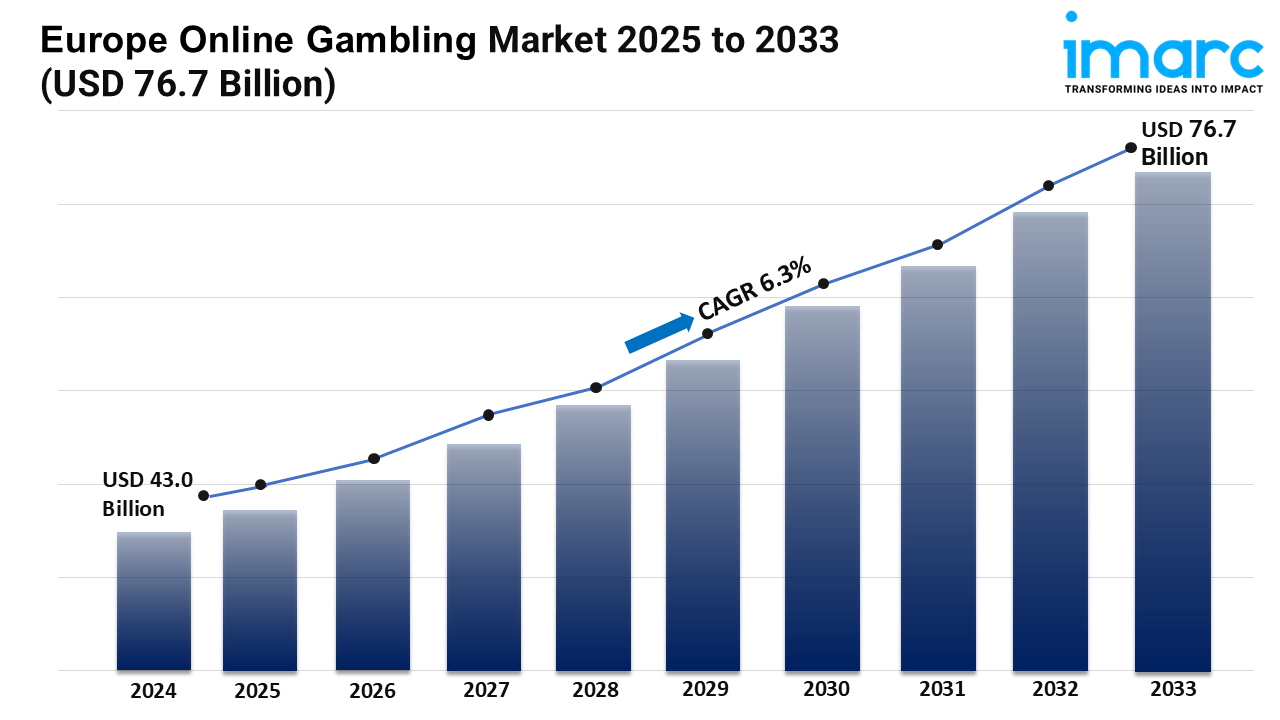



Write a comment ...